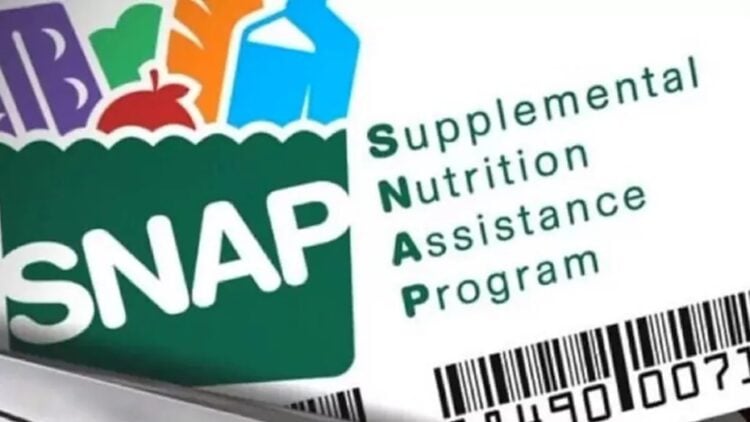Starting next November, more than 40 million Americans could lose their benefits from the Supplemental Nutrition Assistance Program (SNAP) due to the federal government shutdown. Some of the states that have raised alarms about the lack of funds to cover the program are Pennsylvania, New York, New Jersey, Texas, and Maryland, which have warned their citizens. This was announced by the United States Department of Agriculture (USDA) after sending letters to state agencies informing them of the shortage of funds to cover this program.
Although neither the White House nor the USDA have wanted to comment on the consequences of this situation, the acting director of SNAP at the Food Research and Action Center (FRAC), Gina Plata-Nino, has warned about the potential food crisis that could occur. In order for the SNAP program to operate smoothly, states must send the monthly list of SNAP beneficiaries to an Electronic Benefits Transfer (EBT) provider, so that each month the SNAP cards have the necessary funds. However, since last October 10, the USDA has ordered states to suspend data submission “until further notice.” According to FRAC, one alternative to avoid suspending SNAP payments would be to use the contingency fund generated during the Biden administration.
However, Plata-Nino explained that if this option is not pursued, it is purely due to political decisions. Another option is for the states themselves to contribute funds from their own budgets, but no one guarantees that they will be reimbursed by the federal government, according to Peter Hadler, Deputy Commissioner of the Connecticut Department of Social Services.
Social consequences of the shutdown
The federal government shutdown that began on October 1, 2025, is affecting numerous areas of American life. In addition to delays at airports and in services provided by government employees, some states are warning of the paralysis of essential social assistance programs such as the Supplemental Nutrition Assistance Program (SNAP). Some of the states that have already raised alerts about the lack of funds are New York, Pennsylvania, Texas, Maryland, and New Jersey. According to the Pennsylvania government website, “As of October 16, SNAP benefits [Supplemental Nutrition Assistance Program] will not be paid until the federal government shutdown ends and funds are released to PA”.
This type of announcement by state governments began to occur after the announcement from the United States Department of Agriculture (USDA) issued last October 10, which reported the same: the lack of funds. While neither the White House nor the USDA have wanted to make statements, the acting director of SNAP at the Food Research & Action Center (FRAC), Gina Plata-Nino, warned of the terrible consequences, “These are mostly working people who are still living from paycheck to paycheck”.
How does SNAP work?
Covering the needs of more than 40 million Americans, this program offers an average of $187 ($6 per day) through ETB prepaid cards, compatible with supermarket chains and food establishments where basic food items can be accessed. It is a program funded by the federal government but distributed and managed by the states. Its operation is ensured through the monthly sending of beneficiary lists to an Electronic Benefits Transfer (EBT) provider, which processes the data and distributes the resources to the beneficiaries.
According to Plata-Nino, “EBT processors must have all this data on time. They need to be able to process the payment so that when a person uses their card at a store that offers EBT, the money is available for the store to accept it.”However, on October 10, the USD ordered all states to suspend the sending of electronic files ‘until further notice”.
What will happen with the SNAP payment?
According to the USDA, the SNAP program would have multi-year contingency funds available for financing it. “These multi-year contingency funds are also available to fund participants’ benefits in the event of a mid-fiscal-year lapse.” FRAC’s estimates have explained that these are contingency funds generated during the Biden administration, totaling $6 million. However, the USDA has not explained how it will operate in the coming days to ensure the delivery of resources during November.
According to Plata-Nino, during the government shutdowns of 2018 and 2019, the USDA disbursed SNAP funds in advance to avoid the situation that has arisen in 2025. “This administration did none of that [this time], but they still have the contingency funds… They have the money, so it really is a political decision,” he added. Another option would be for the states to provide the funds from their own budgets, but as warned by the Deputy Commissioner of the Connecticut Department of Social Services, Peter Hadler, there is no guarantee that the federal government will reimburse them, not to mention that such a possibility is not even being considered.
